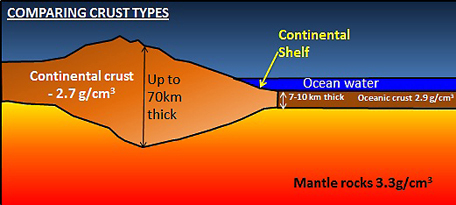Following its accretion from planetesimals about 4.57 billion years ago, Earth underwent a gravity-driven differentiation, forming a metallic iron core and a silicate mantle. Partial melting of the mantle then produced a basaltic crust that floats on the denser mantle, and its interaction with seawater generated the oceanic crust.
Ali Polat, a professor of Earth and Environmental Sciences at the University of Windsor, will discuss how continents then formed, eventually allowing the appearance of land life—including humans—in a free public lecture Wednesday, January 21, at Canada South Science City.
Dr. Polat is editor in chief of the Canadian Journal of Earth Sciences. His work on the formation of continents in different parts of the world over the past 3.8 billion years indicates that continents originated at convergent plate boundaries, and that the geological processes that produce continents have changed little over the past 4 billion years.
He will discuss his research into the melting of the oceanic crust at subduction zones and the generation of continental crust light enough to rise above sea level and form continents. The presence of liquid water on Earth evidently played a vital role not only for the appearance and evolution of life on our planet, but also for the generation of continents.
Polat’s lecture, entitled “The Origin of Continents: a Prerequisite for Humans,” is part of the Science Café series. Sponsored by the UWindsor Faculty of Science, the series offers discussion of important science research for the general public. His presentation will begin at 7:30 p.m. Canada South Science City is located at 930 Marion Avenue.

How earth generated continental crust light enough to rise above the seas is the subject of a talk in the Science Café series Wednesday at Canada South Science City.
